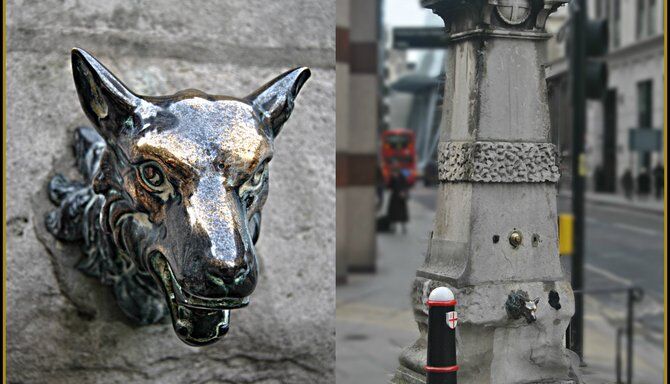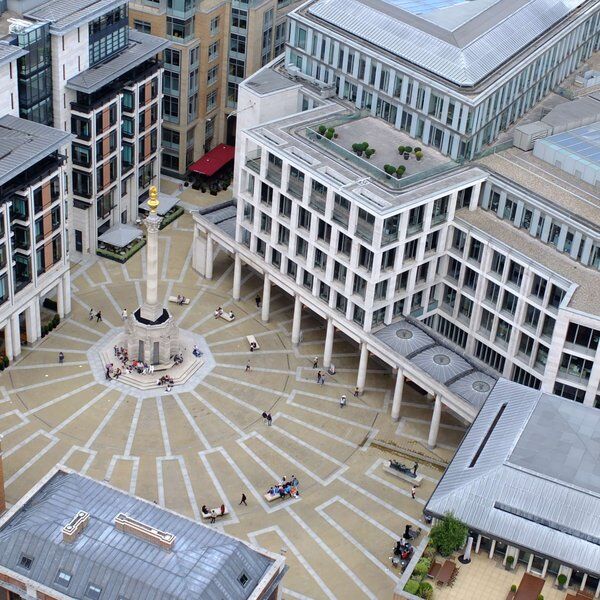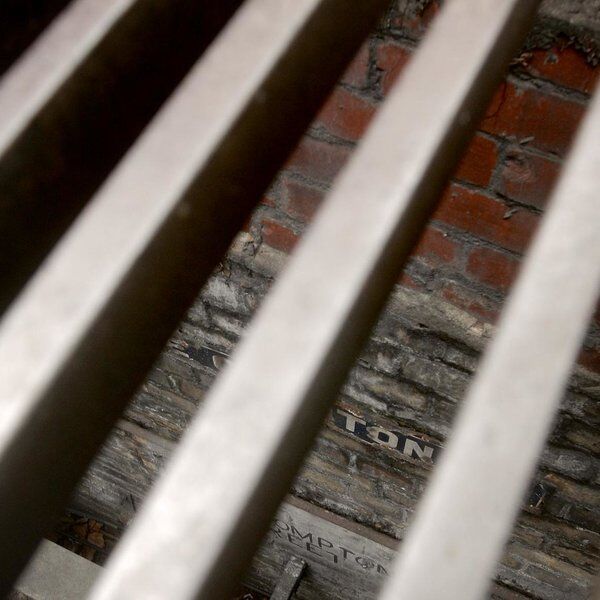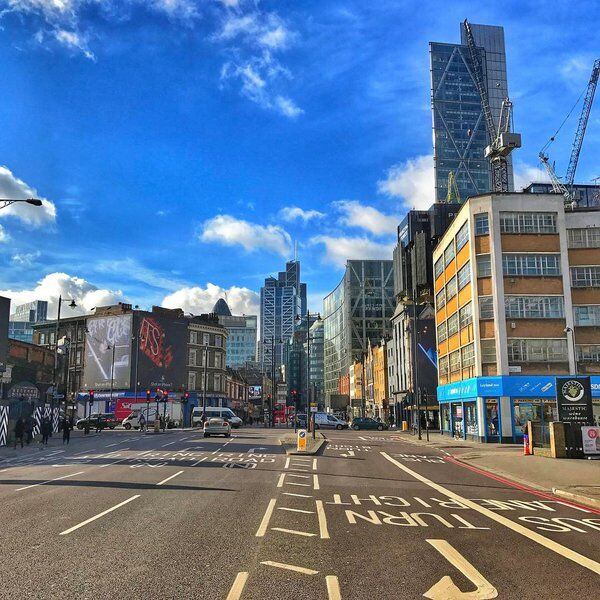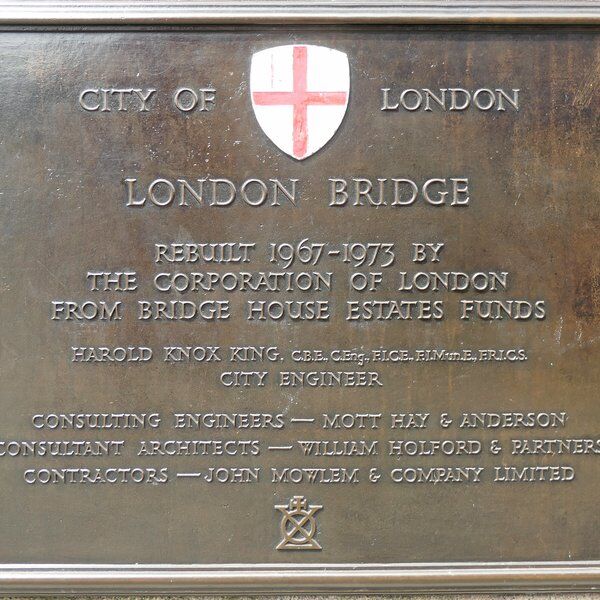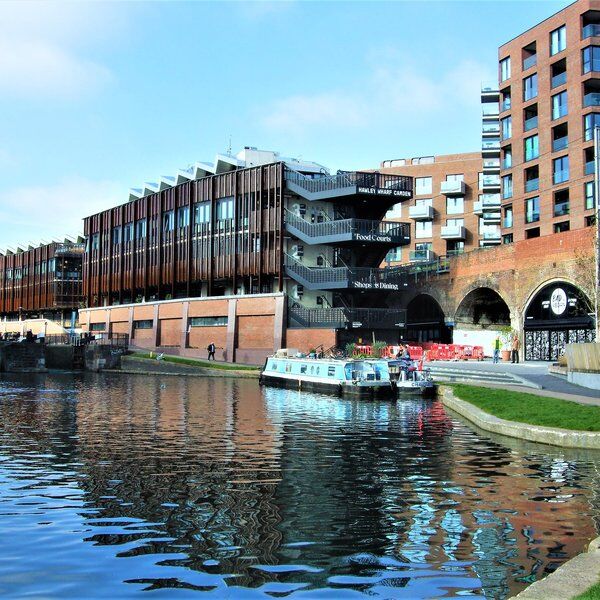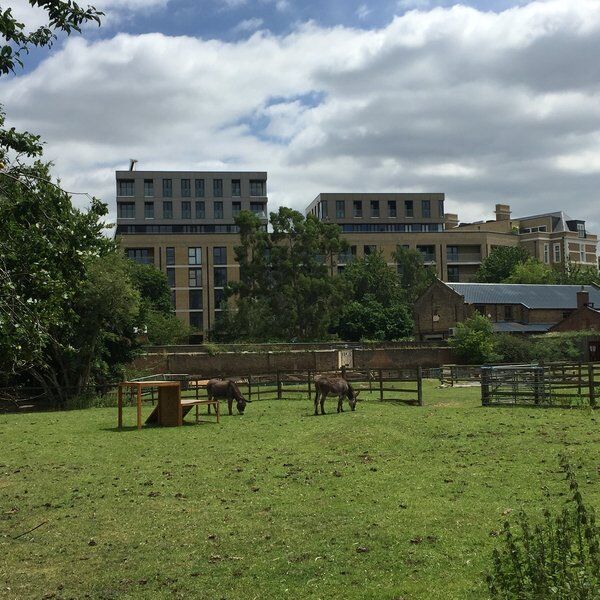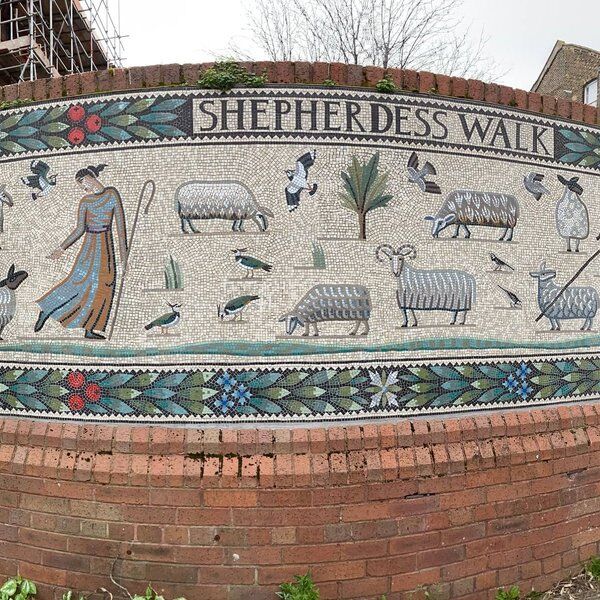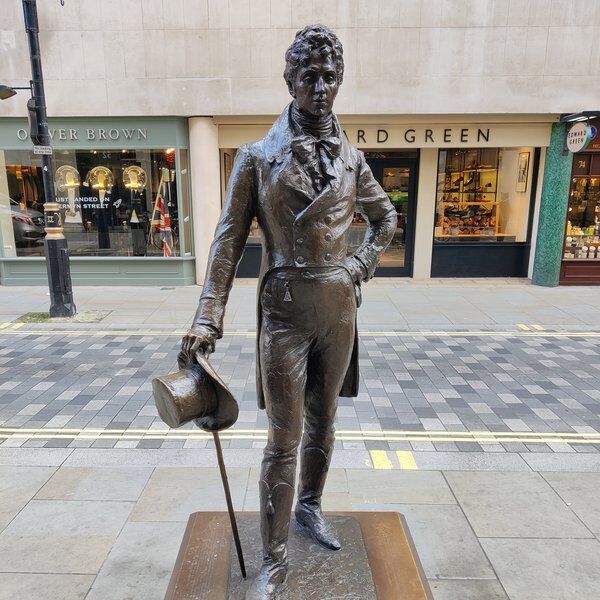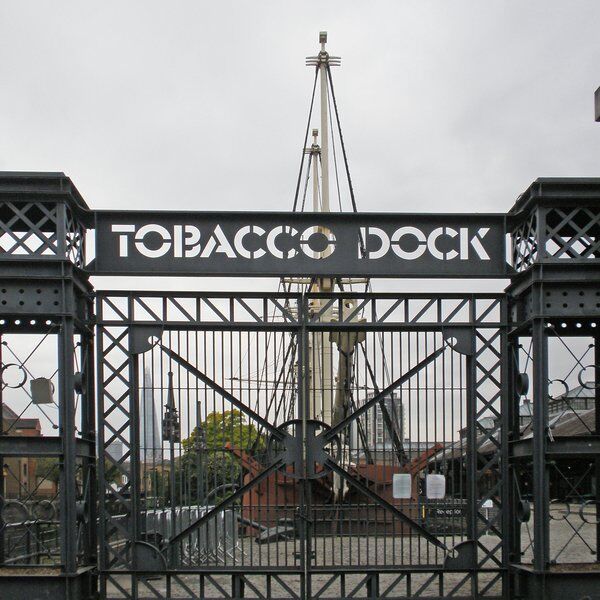Discover the Aldgate Pump
The Aldgate Pump is no ordinary piece of street furniture. Once a functioning public water source, it’s believed to date back to at least the late 1500s—though its roots may go even deeper.
Long before the City of London was a tangle of skyscrapers and traffic lights, a well existed here as early as the 13th century. It was mentioned during the reign of King John, and Londoners have been drawing water (and legends) from this spot ever since.
While the current incarnation of the pump was placed here in 1876, earlier versions stood nearby for hundreds of years. Back then, public pumps like this were vital for everyday life—offering one of the few reliable sources of water to the rapidly growing population of London.
But not all water sources were created equal… and this particular pump has a famously dark twist to its tale (more on that in the next instalment!).
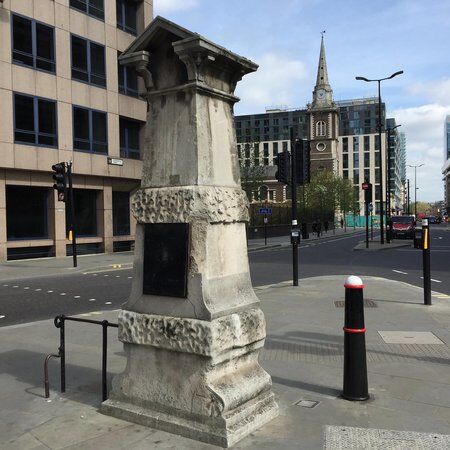
An East End Icon with a Wolfish Grin
What makes the Aldgate Pump stand out—besides its historic credentials—is the striking metal wolf head spout that juts out from its face. According to local lore, this eerie ornament marks the spot where the last wolf in the City of London was shot. Whether that’s true or not, it’s certainly one way to add drama to a public water fountain!
Made from sturdy Portland stone, the pump also has a long-standing role in defining the geography of the city. In the 19th century, it marked the spot where distances to locations in Essex and Middlesex were measured.
It even symbolised the unofficial boundary between the affluent City of London and the tougher, grittier East End—essentially making it a historic border marker as much as a water source.
With The City of London coat of arms at the top, giving it a bit of official swagger, a gas lamp crowns the entire pump. Oh, and there’s a tempting little brass button you might spot near the base. You can press it all you like, but don’t expect anything to happen. The pump’s been out of action since the 1870s. It’s strictly decorative now.
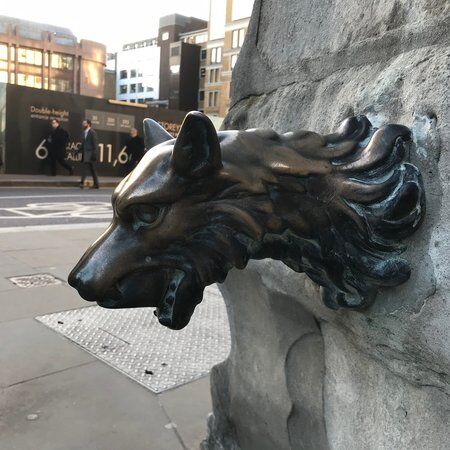
Origins of the Aldgate Pump
The earliest confirmed mention of a well at Aldgate comes from a rather grim story. In 1598, historian John Stow wrote of the Bailiff of Romford being hanged “near the well within Aldgate”—proof that the pump was already a notable landmark by Elizabethan times.
By the 1600s, the well appeared on contemporary maps under the name St Michael’s Well, and by the 1700s, it had become a pump serving the thirsty (and trusting) residents of the area.
The version we see today—with its stone plinth, rusticated columns, and striking spout—was installed in 1876. It was moved slightly west from its original location, likely due to road widening.
It also gained a reputation for delivering water that was “bright, sparkling, and cool”—though, spoiler alert, that delightful taste turned out to be a lot more sinister than anyone realised at the time…
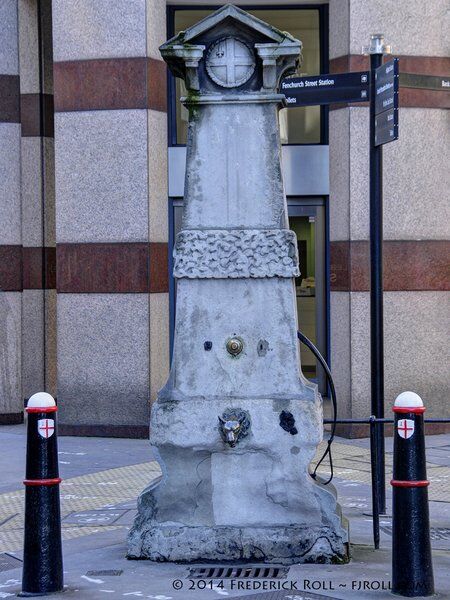
The Curious Cases of Cholera and the Aldgate Pump
Back in Victorian London, grabbing a quick drink from your local water pump might’ve seemed like a refreshing idea—but it was more like playing Russian roulette with your insides.
From the 1830s onwards, cholera swept through the city in brutal waves. For years, the official line was “miasma”—as in, people thought bad smells caused disease. But by the 1860s, the penny finally dropped: cholera wasn’t airborne, it was in the water. Yep, the same water being gulped straight from street pumps was teeming with... well, things best not imagined while holding a glass of anything.
Was the Aldgate Pump Really "The Pump of Death"?
Then came the myth that the Aldgate Pump was ground zero for one of these devastating cholera outbreaks. According to some (overly enthusiastic) blog posts, it wiped out thousands and earned the ominous nickname “The Pump of Death.”
Sounds wild, right? Problem is, it never actually happened.
This is likely a classic case of historical Chinese whispers. The infamous 1854 outbreak linked to Soho’s Broad Street Pump seems to have been muddled with Aldgate in the online echo chamber. And voilà—instant urban legend and a nickname that stuck!
A Real Cholera Crisis… Just Not at Aldgate
That’s not to say East London got off lightly. The cholera outbreak of 1866 hit this area hard, especially places like Whitechapel. Black flags hung outside homes to warn others of the danger. The culprit, however, wasn’t the Aldgate Pump—it was the River Lea.
This river had essentially become a floating sewer. By the time it reached the East End, it had collected the waste of around 200,000 people, including the entire town of Hertford’s contributions. It was less “babbling brook,” more “toxic soup.”
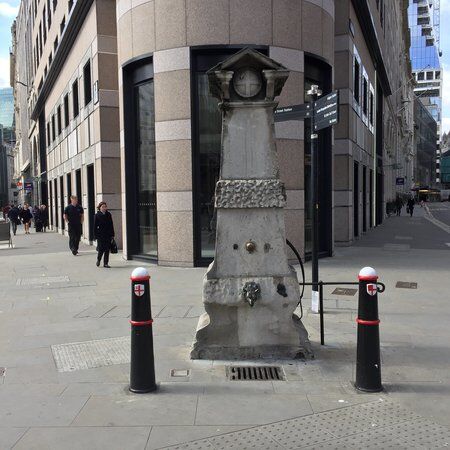
But There was Something Nasty in the Aldgate Pump
Even though the Aldgate Pump wasn’t ground zero for the cholera outbreak, there was definitely something nasty brewing beneath the surface. And when Dr. Letheby, London’s go-to guy for public health at the time, ran tests on water from various city pumps in 1861, the results weren’t just bad—they were positively stomach-turning.
Of all the pumps tested, the one on Bishopsgate Street “Without” (that’s a place, not a missing adjective) came in as the filthiest. But Aldgate Pump wasn’t far behind. It was basically the runner-up in a very grim contest.
The Times tried to break it gently, but the truth was grim: the water looked and tasted fine because it was fermenting. That pleasant sparkle? Not minerals, but organic decay.
Aldgate’s “Magic” Water
Despite these revolting revelations, many East Londoners remained fiercely loyal to the Aldgate Pump. In fact, some treated its water like a miracle cure. As late as 1875, newspapers reported that people were swearing by it for all manner of ills. Flu? Pump water. Hangover? Pump water. Broken leg? A quick sip of Algate will sort it.
To be fair, the water did look nice—clear, sparkling, with a crisp taste. But by now, people should have known that cool and crystal-clear didn't necessarily mean clean. That shine? It came from the breakdown of organic matter.
Oh, and what gave it that “delightfully salty tang”? Human waste, leaking cesspools, and the remains of long-buried Londoners. Yes, people were literally sipping centuries of sewage and cemetery runoff.
Closing Time
Eventually, even the most die-hard believers had to give it up. In 1876, the pump was shut down and reconnected to a cleaner water supply from the New River Company—presumably to the great disappointment of anyone still swearing by its... medicinal salty sparkle.
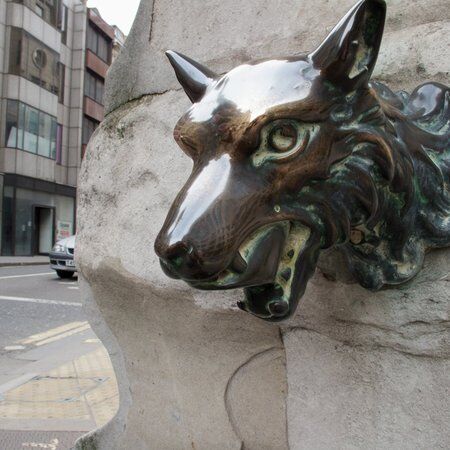
The Aldgate Pump in Pop Culture
The Aldgate Pump hasn’t just been pumping out water (and, briefly, poison)—it’s also pumped its way into popular culture. Over the years, it’s become something of a touchstone in East End lore, cropping up in rhyming slang, songs, and the pages of classic literature.
Let’s start with a bit of Cockney. If someone in East London tells you they’ve “got the Aldgate,” they don’t mean a souvenir fridge magnet. It’s rhyming slang for “take the hump” (aka get grumpy).
You might also hear someone joke about “a draft on Aldgate Pump”—that’s not a weather forecast, but old-school slang for a dodgy or worthless deal, like being handed a cheque that’s bound to bounce.
Victorian songwriters couldn’t resist it either. In 1869, G. W. Hunt wrote a ditty for the music hall performer Arthur Lloyd called Aldgate Pump, telling the tale of a chap jilted by his sweetheart at the fateful fountain. Bit harsh, really.
And then there’s Charles Dickens. Ol’ Charlie couldn’t pass by a bit of grimy city folklore without writing about it. He mentioned Aldgate Pump multiple times—in Nicholas Nickleby, Dombey and Son, and The Uncommercial Traveller, where he described wandering past it on his way into the mysterious East End.
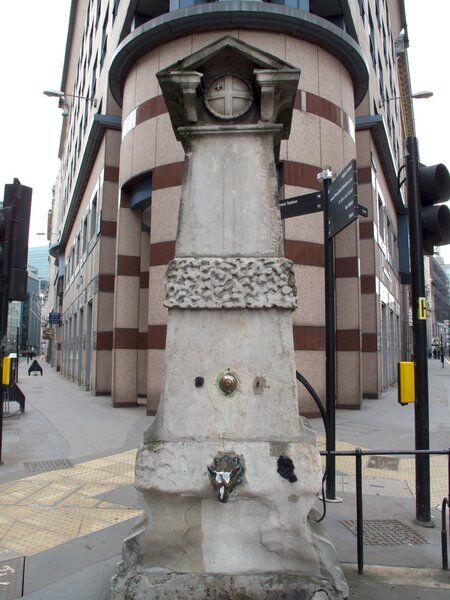
The Pump Receives a Makeover
Like many heritage features in London, the Aldgate Pump has been through its fair share of wear and tear. Over the 20th century, parts of it were damaged or removed, including its ornate iron lantern that once crowned the top of the structure.
But in 2019, thanks to a meticulous restoration effort by the Heritage of London Trust and the skilled artisans at Bottega Prata in Bologna, Italy, the pump was restored to its former glory. A new lantern was installed, its ironwork repaired, and the pump was fitted with an interpretation panel sharing its long and layered history.
Today, although it no longer dispenses water (probably for the best), the Aldgate Pump stands proudly at its post. Thousands of commuters and passersby walk past it daily, many without realising they’re brushing shoulders with one of London’s oldest and most intriguing survivors.
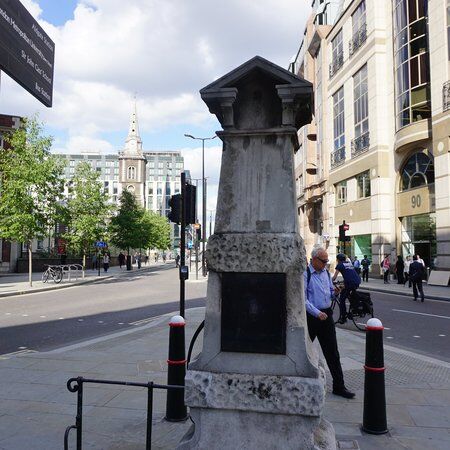
Visiting the Aldgate Pump: What You Need to Know
You’ll find the Aldgate Pump quietly minding its own business at the busy junction where Aldgate High Street, Fenchurch Street, and Leadenhall Street all collide. There’s no ticket office or information board, but honestly, that’s part of its charm. It just is.
Surrounded by towering steel-and-glass skyscrapers like the Gherkin and the Walkie Talkie, the pump looks almost forgotten—a lone stone survivor of a grittier London that once was. If you blink, you might walk past it. But stop and look, and you’ll find yourself standing at the very crossroads of plague, poetry, poverty, and pipes.
Here’s what to look out for:
- Portland stone body with pump handle
- Brass wolf’s head spout
- Restored gas lamp on top
- City of London coat of arms
- A general feeling of “Wow, London’s weird and wonderful”.
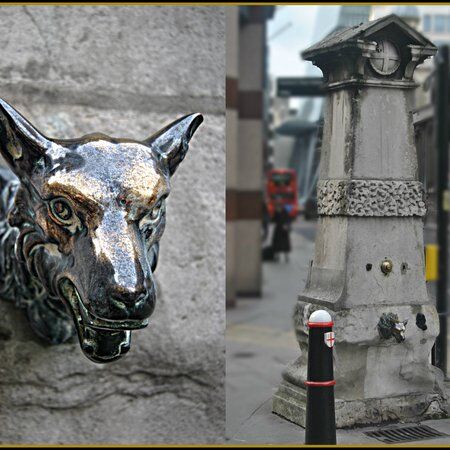
Explore Beyond the Aldgate Pump with CityDays
Once you’ve had your fill of Aldgate’s grim (but fascinating) past, don’t stop there—because the real adventure is just beginning. London is teeming with rooftop gardens, hidden courtyards, cryptic passageways, quirky facts and fabulous backstories—and CityDays is here to help you uncover them all.
We run interactive scavenger hunts and treasure trails that blend puzzle-solving, history, and a bit of healthy competition. They’re perfect for:
- Team-building events (yes, even if Karen from accounts hates fun)
- Birthday bashes and group hangouts
- Quirky date ideas
- Tourists wanting to explore London in a whole new way
From unearthing royal secrets in Westminster, cracking clues around Covent Garden, or discovering hidden pubs in Soho, our routes are carefully crafted to make you say, “Wait, that’s been here this whole time?!”
And we’re not just based in London—our treasure hunts stretch across the UK and even worldwide. So if you’re ever in Edinburgh, Paris, New York, or Melbourne… we’ve probably got a mystery waiting for you there too.
